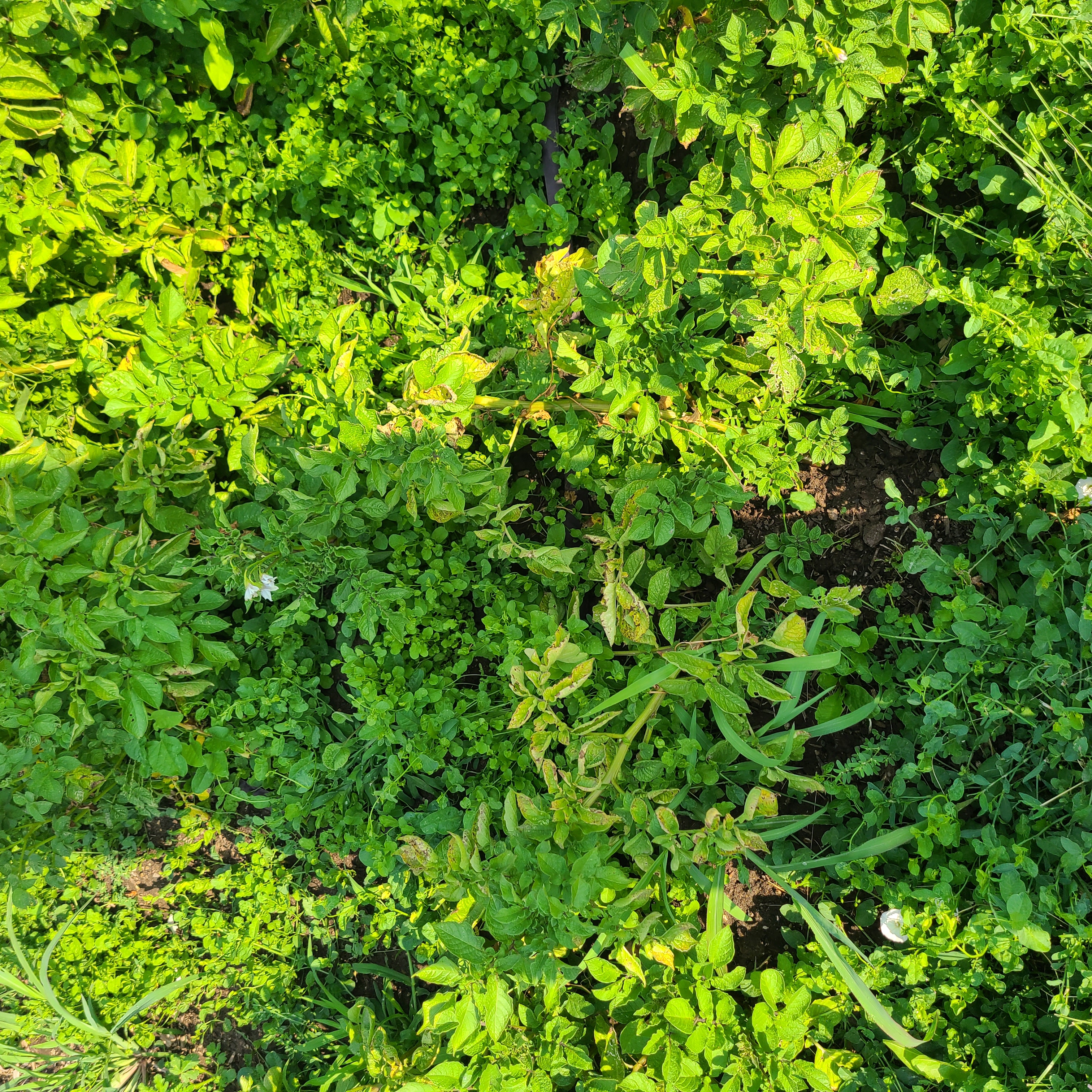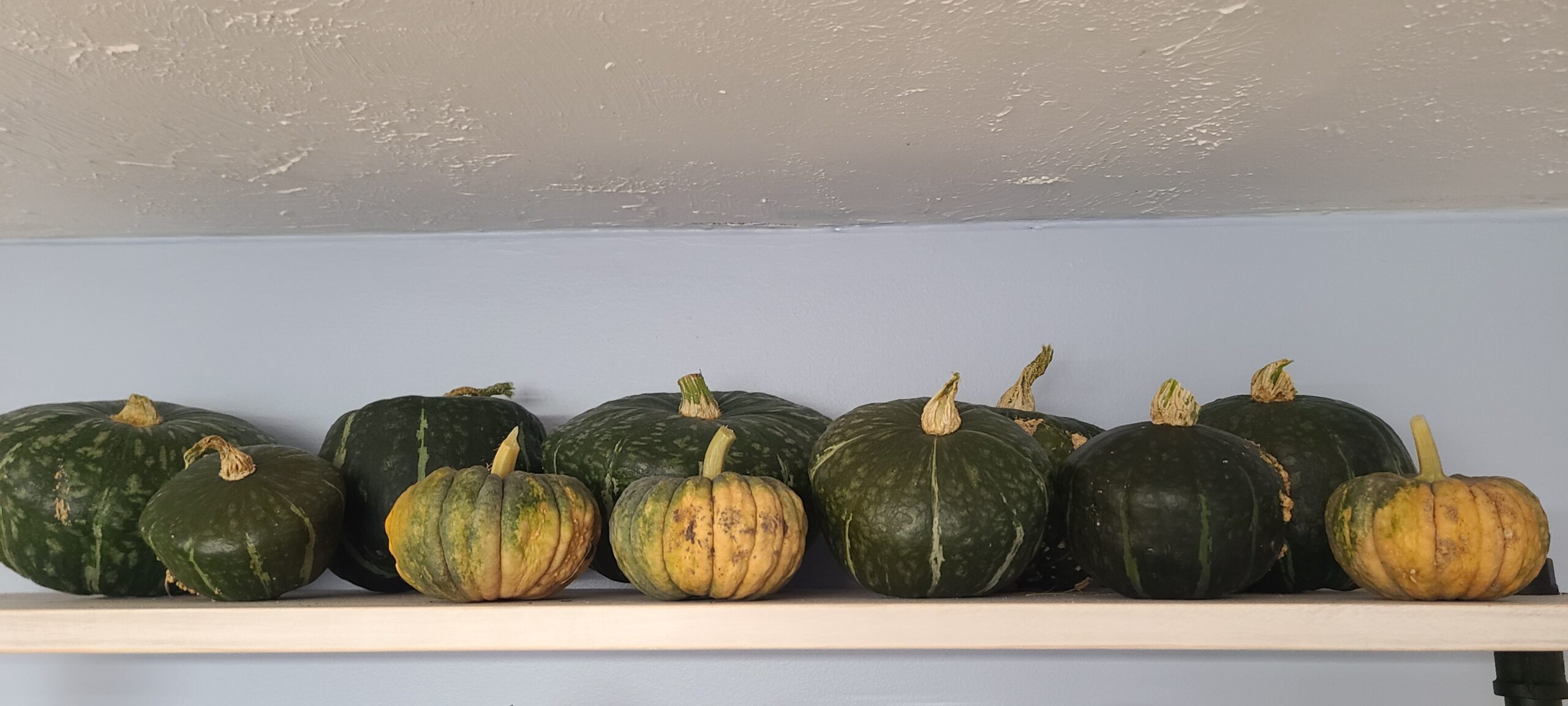I mentioned in my last article that I started learning about permaculture and regenerative agriculture. While there wasn’t a singular reason I started this path, there were things that really stuck with me. We had record-breaking weather last year, including a severe drought. I do live in Utah, it’s dry here. One day, I was in my garden contemplating watering strategies so I could have a garden, and be a responsible citizen. At one point, I looked up at the beautiful Rocky Mountains and noticed there was still a lot of green, even though it had not rained in months.
The obvious reason? Well, the plants that grow here do well in my environment.
It might seem obvious to most people, but they are (mostly) native, and thrive in dry soil, high summer temperatures, low winter temperatures, and high altitudes. They have coping mechanisms to deal with prolonged periods without water. Not to say that continued and permanent stress is good for ANYTHING. Obviously, if a plant doesn’t see water for several years, it likely won’t survive. Maybe some of the seeds will lay dormant waiting for the right conditions, but you get the idea.
While native plants are one big reason they do well here, it isn’t the only reason. During my quest to find the best water-saving techniques last year, I learned some important information.
Surviving on less water

If you have looked into the proper watering schedules for most yards, a common theme you would notice is watering more frequently for less time does not give roots a chance to grow deep into the ground. I’m not going to go into all the details here, but here is a good guide about watering frequency in Utah and why the duration is more important than frequency when it comes to lawns. This is good information to know about your garden too.
Knowing in terms of watering, less can be more, I started asking different questions. Instead of asking “will this plant be ok if I don’t water it 3 times per week?” I began asking myself, “what can I do to support this plant so it can better handle longer periods without water?” It may not sound like much of a distinction, but it really was a shift for me. Mulching is obviously a solution, and an effective one. I looked into different mulches and realized I shouldn’t discount the idea of living mulches. In other words, a good living ground cover.
The importance of companion planting
My grandpa taught me about weeding to keep those plants from “taking all the nutrients” from the more desirable plants. The more I think about this now, the more I realize how contrary to the natural world that belief really is. Plants, insects, and animals all support each other in their natural environments. In other words, companion planting and diversity grow stronger plants. This is a basic gardening principle that very few gardeners will disagree with, but this is not really used as often in commercial agriculture, or even in our own yards beyond our vegetable gardens.
So, let’s take this a step further. If we know that certain plants will support their companions, what are the plants without a companion supposed to do? Lawns are a perfect example of this. Grass does not provide for itself in terms of nitrogen. So, because the “perfect lawn” is green, lush, and free of weeds, how can we give it the nutrients it needs? We fertilize and either add weed killer or painstakingly pull each weed. This is called a monoculture and is not found in nature because it is not sustainable without human intervention.

On a side note regarding lawns, did you know before chemical fertilizers were widely used, grass seeds used to come pre-mixed with clover? Clover is a nitrogen fixer, and the two seeds combined to form a symbiotic relationship and helped give the grass the nitrogen it needed to survive. Ta-da, a companion planted lawn.
Less human intervention
I began to understand both by reading and observing, that the less I mowed my grass, the less water it needed. Again, this makes sense. One goal of the grass is to shade the ground, the shade helps lower temperatures, which also results in less dirt being exposed to the sun and air, which in turn results in less evaporation.
Less mowing and deeper watering also allowed the roots to grow a little deeper, which meant they were able to access water and nutrients that were deeper and unavailable to the younger root system. So, my grass actually looked greener by only making 2 changes; stop mowing, and water less. During the heat of the summer, I was actually watering less than half as often as many of my neighbors, and my lawn was greener.
What is my point in all these ramblings? Honestly, my brain is just a long series of rambles, sorry about that. But also, the small observances in my lawn during an environmentally stressful year for everyone’s lawn and garden taught me a lot. Nature works quite efficiently if you let it, and small changes in my approach can make a huge difference.
Some basic permaculture principles
All these observations started teaching me that local plants with the right adaptions are only a small part of why that mountain was green. The observations also started to help me understand some principles common to permaculture.
- The ground needs a constant cover. Whether that cover is in the form of fallen leaves or green mulch, dirt does not like being naked.
- Monocultures do not have the support they need to maintain long term longevity. Nature does not thrive with only one type of plant any better than we would if we ate the same thing every day.
- Planting strategically helps support nature. This means less work is required from you, and you will get healthier plants because nature is a great botanist.
With these lessons, we have decided that a yard transformation is in order. A lawn can be a beautiful orderly thing, but to be totally honest, I always wanted a lush green forest to sit in on a hot summer day. I am really excited to share the transformation.


